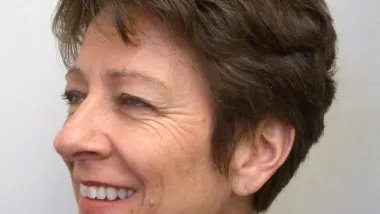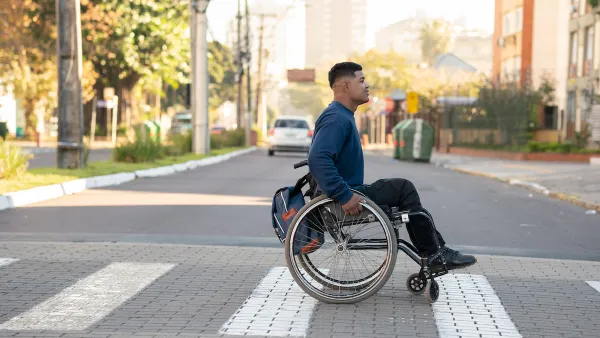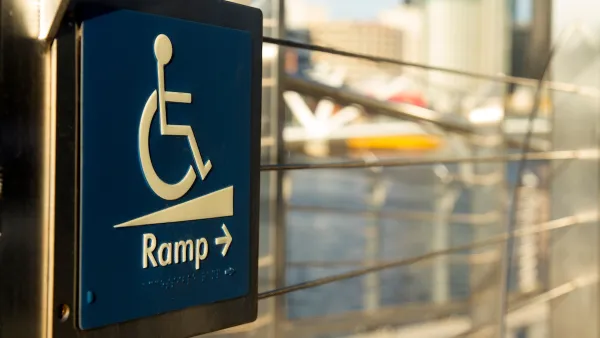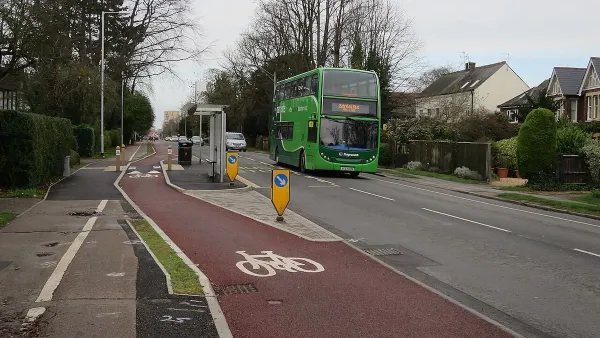On the Sunday that the April Nor’easter dumped the second highest rainfall ever recorded in Central Park, I waded to the New York Auto Show at the Jacob Javits Center. I wasn’t there to see the mighty floor show of preening cars inside the convention center, I went to see the Taxi ’07 exhibition outside on the wind and rain swept lower roadway. For anyone who has tried to hail a taxi in a Manhattan rainstorm, visiting the exhibition on that Sunday raised a familiar feeling: nearly a dozen yellow taxis in sight, not one of which was going to pick me up and whisk me away to dry land.
On the Sunday that the April Nor'easter dumped the second highest rainfall ever recorded in Central Park, I waded to the New York Auto Show at the Jacob Javits Center. I wasn't there to see the mighty floor show of preening cars inside the convention center, I went to see the Taxi '07 exhibition outside on the wind and rain swept lower roadway. For anyone who has tried to hail a taxi in a Manhattan rainstorm, visiting the exhibition on that Sunday raised a familiar feeling: nearly a dozen yellow taxis in sight, not one of which was going to pick me up and whisk me away to dry land.
The exhibit was organized by the Design Trust for Public Space, a 12-year old organization that works in collaborative partnership with public agencies and community groups to improve the urban public environment. The exhibit celebrates the hundredth anniversary of the introduction of the first gas-powered taxi in New York City. It highlights the work of the Design Trust with designers, auto makers, and the NYC Taxi & Limousine Commission to re-imagine and rethink the taxi system in New York City. In a city with car ownership 1/3 the national average, public transit and yellow taxis take its place. It's a welcome undertaking.
The Design Trust project takes on the whole system, including its increasingly dysfunctional face: the cab itself. I'm only going to pick on the vehicle.
It has been a mere eight years since the last Checker cab left the streets of New York. For those who don't recall the roomy Checker, it had bench and jump seats that held five people easily, level floors, high ceilings, and plenty of room for luggage inside the taxi. It was easy to get in and out, distinctive on the street, and symbolic of New York. When it disappeared, all that fun - and human-centered design - vanished with it.
What NY now has is the lumbering Crown Victoria that seats four only if the taxi driver is able to push aside his record sheets, lunch, phone, computer, water bottle, kid's homework, and whatever else a particular driver needs for his (usually) daily life. If a passenger has anything larger than a small bag, it must go in the trunk - a several part dance between the driver and passenger to open and close it at each end of the journey. And it takes agility and strength to sidle in and out of that cramped back seat, even with the six extra inches of legroom the TLC wrangled out of Ford.
 Taxi '07 was part of the NY Auto show so vehicle redesign was on display. The sponsor of the opening night, and the most prominently displayed cab, was the prototype Standard Taxi, the first purpose-built taxi in the U.S. since the beloved Checker. It gets most things right. It's better than the Checker in safety, comfort and convenience for passengers and driver, including easy access for a wide range of users – people with rolling grocery carts, baby strollers, and those with disabilities. It has a high ceiling, level floor, a ramp, and enough space inside the vehicle for a person who uses a wheelchair. As with congestion pricing, NYC is way behind London. The City of London requires all taxis built after 2000 to be accessible to persons who use wheelchairs, and now boasts a whole fleet of accessible taxis. We haven't begun to catch up. Neither this taxi, nor any of the designs sponsored by the Design Trust and featured in the show, are in the queue for New York City streets.
Taxi '07 was part of the NY Auto show so vehicle redesign was on display. The sponsor of the opening night, and the most prominently displayed cab, was the prototype Standard Taxi, the first purpose-built taxi in the U.S. since the beloved Checker. It gets most things right. It's better than the Checker in safety, comfort and convenience for passengers and driver, including easy access for a wide range of users – people with rolling grocery carts, baby strollers, and those with disabilities. It has a high ceiling, level floor, a ramp, and enough space inside the vehicle for a person who uses a wheelchair. As with congestion pricing, NYC is way behind London. The City of London requires all taxis built after 2000 to be accessible to persons who use wheelchairs, and now boasts a whole fleet of accessible taxis. We haven't begun to catch up. Neither this taxi, nor any of the designs sponsored by the Design Trust and featured in the show, are in the queue for New York City streets.
For all its great function, the Standard Taxi is really mean looking. It looks like it is ready to mow down rather than stop for a pedestrian. Were they paying so much attention to the function that they forgot to stand back and imagine that hummer look-alike heading pell-mell for a passenger on the curb? To see a new taxi that looks like it should be heading off road instead of down city streets is disappointing. Good, universal design looks as good as it works. Someone needs to rethink this image. Trade in menacing for friendly. Trade in clumsy for sleek. Dare to be beautiful. The good news is that there is still time to tell Standard Taxi.

National Parks Layoffs Will Cause Communities to Lose Billions
Thousands of essential park workers were laid off this week, just before the busy spring break season.

Retro-silient?: America’s First “Eco-burb,” The Woodlands Turns 50
A master-planned community north of Houston offers lessons on green infrastructure and resilient design, but falls short of its founder’s lofty affordability and walkability goals.

Delivering for America Plan Will Downgrade Mail Service in at Least 49.5 Percent of Zip Codes
Republican and Democrat lawmakers criticize the plan for its disproportionate negative impact on rural communities.

Test News Post 1
This is a summary

Test News Headline 46
Test for the image on the front page.

Balancing Bombs and Butterflies: How the National Guard Protects a Rare Species
The National Guard at Fort Indiantown Gap uses GIS technology and land management strategies to balance military training with conservation efforts, ensuring the survival of the rare eastern regal fritillary butterfly.
Urban Design for Planners 1: Software Tools
This six-course series explores essential urban design concepts using open source software and equips planners with the tools they need to participate fully in the urban design process.
Planning for Universal Design
Learn the tools for implementing Universal Design in planning regulations.
EMC Planning Group, Inc.
Planetizen
Planetizen
Mpact (formerly Rail~Volution)
Great Falls Development Authority, Inc.
HUDs Office of Policy Development and Research
NYU Wagner Graduate School of Public Service






























